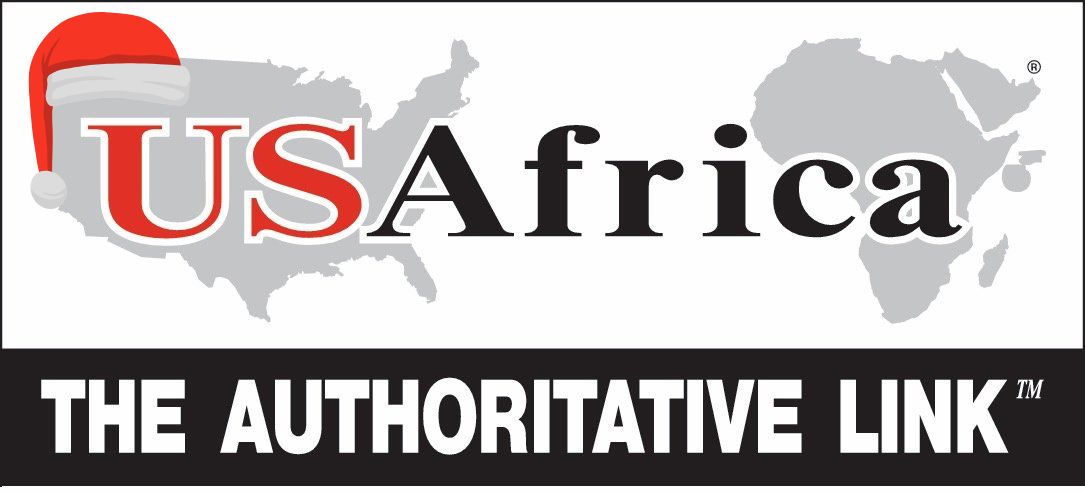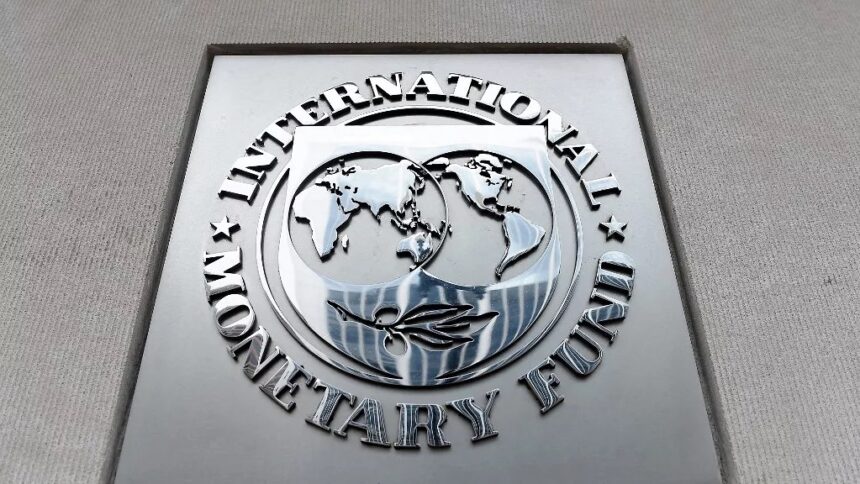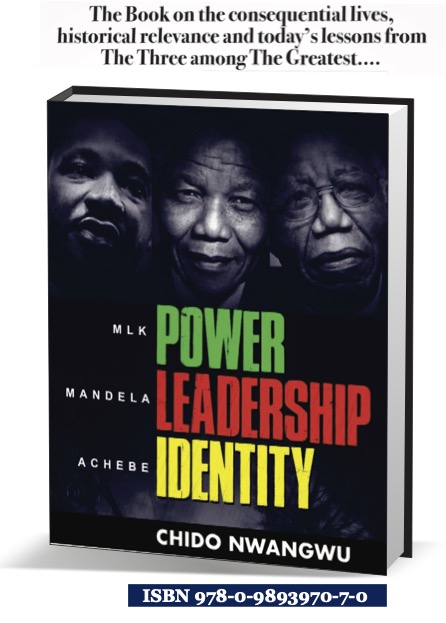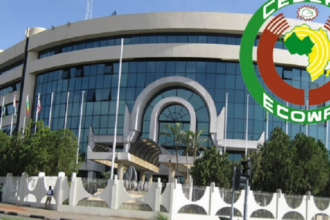Kenya’s economy is struggling under a $70 billion (about €65 billion) debt load and a significant decline in the value of the shilling relative to the dollar.
The administration of President William Ruto has drafted a budget with numerous additional levies that are expected to raise 289 billion shillings (€2 billion) in addition to the 3.6 trillion shillings (€24 billion) budget planned for 2023–2024 to reduce its debt.
The executive board of the IMF must still approve this deal when it meets in July. According to the IMF, Kenya will have immediate access to $410 million if authorized.
The banking institution announced on Tuesday that it would increase its commitment to Kenya to a total of $3.52 billion (€3.2 billion).
With a population of around 53 million, Kenya is the economic hub of East Africa. However, the country is currently experiencing a severe drought and significant inflation (+7.9% year-over-year in April). In contrast to the 7.6% growth attained in 2021, growth has plateaued at 4.8% in 2022.
“The government budget has been under pressure due to shortfalls in revenue collection and difficult financing conditions,” the IMF said.
President William Ruto’s administration, which was elected in August 2022, plans to cut the budget by enacting new taxes, particularly on gambling, gasoline, and cosmetics.
IMF emphasizes that “significant challenges remain in the context of slower global economic growth and difficult financial conditions” even though it thinks Kenya’s medium-term outlook is favorable.















